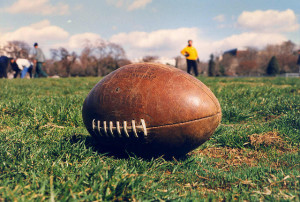
Over the years, as the Super Bowl has gained a wider audience, the iconic football match has become a showcase for clever advertising at top-dollar costs. For many fans the halftime show and the ad breaks have almost as much appeal as the game itself, adding to the value of ad placement.
Companies must assess whether spending several million dollars on a few seconds of airtime is money well spent. An examination of which industries are spending their hard earned profits on ads is a pretty good indication of the health of that industry.
This year’s Super Bowl is expected to bring in about $360 million from advertising, at about $4.5 million for half a minute, for the broadcaster of the event, NBC. Industries represented during the great game include car manufacturers, beer brewers, snack suppliers, and high-tech firms. The government of Ecuador made history by becoming the first foreign government to place an ad during the Super Bowl.
According to Kantar Media ad spending over the past three years has risen by double-digit percentages. This can be explained by the fact that there are now fewer chances for companies to reach mass audiences all in one shot, making such opportunities all the more value-laden.
As the expense of placing an ad in the Super Bowl is so dear, it can be inferred that those companies willing to take a chance on spending are doing well. Based on that theory, it looks like car makers, although spending by far the most money on Super Bowl ads, have stepped back slightly from last year’s spending.



